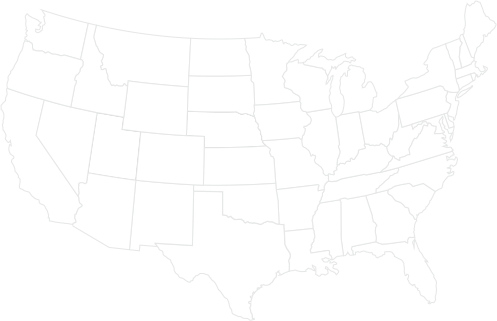The Value of Whole Cottonseed
The true economic value of whole cottonseed can only be assessed in your individual dairy by measuring its effect on milk production and butterfat.
Producers are encouraged to talk to their nutritionist about the value of cottonseed and, if using ration balancing software, to consider that the dollar value of any feed ingredient should reflect not only the nutrients it contains relative to the cost of nutrients in other available feedstuffs, but the benefits realized from feeding it.
Cottonseed Dollar Value Calculator
A simple relative dollar value of whole cottonseed can be obtained by using a substitution formula. Since cottonseed has energy, protein and fiber, we use:
1. Corn to represent the value of energy
2. Soybean meal (44%) to represent the value of protein
3. A good Coastal Bermudagrass hay (CBH) to represent the value of fiber
| Add the three totals of | Example: | |
|---|---|---|
| A) Price of corn times .90 | $200/ton X .90 = | 180.00 |
| B) Price of soybean meal (44%) times .25 |
$400/ton X .25 = | 100.00 |
| C) Price of CBH times .50 | $100/ton X .50 = | 50.00 |
| Total: | $330 | |
This value incorporates the contribution of fiber, which is crucial to the cow in early of lactation. During the last half of lactation, fiber usually is not a constant, and the value of fiber in the formula should be discounted by at least half. The type, amount and quality of your homegrown forage must also be considered.
Replacing low quality forage and fiber with cottonseed
One very important logistical advantage in using whole cottonseed is a reduced number of feed ingredients. The high nutritional quality of whole cottonseed often reduces the total number of other feedstuffs needed in the ration. Thus, less ingredient storage and less management time is required for purchasing and inventory control.

